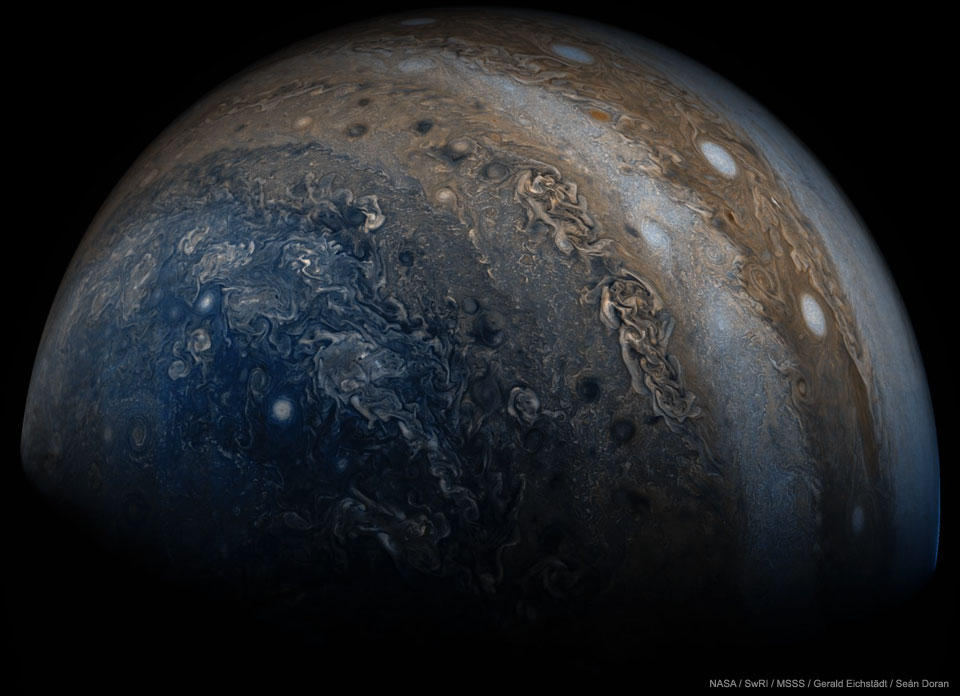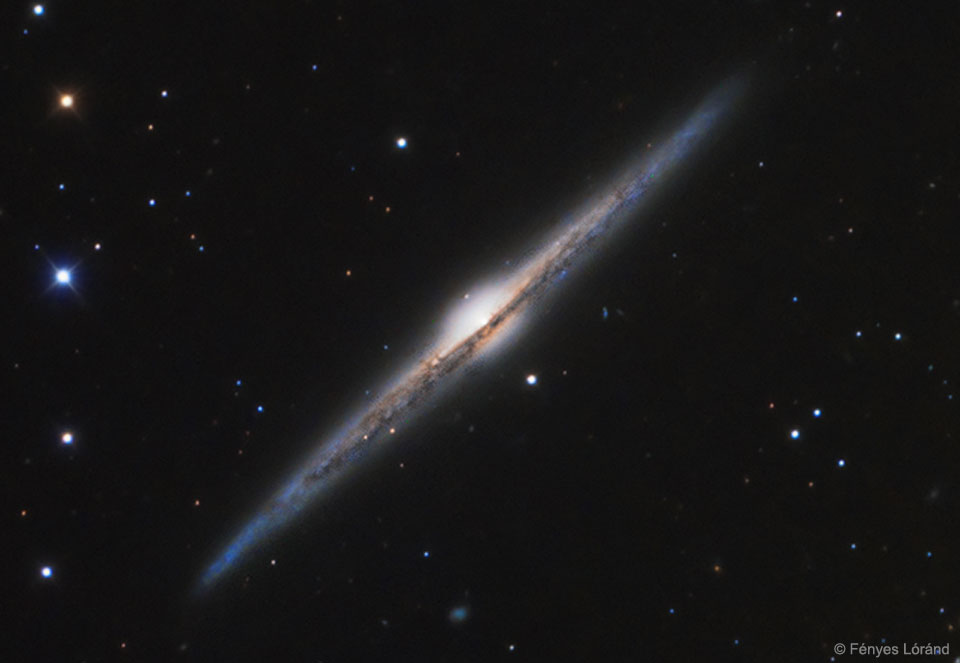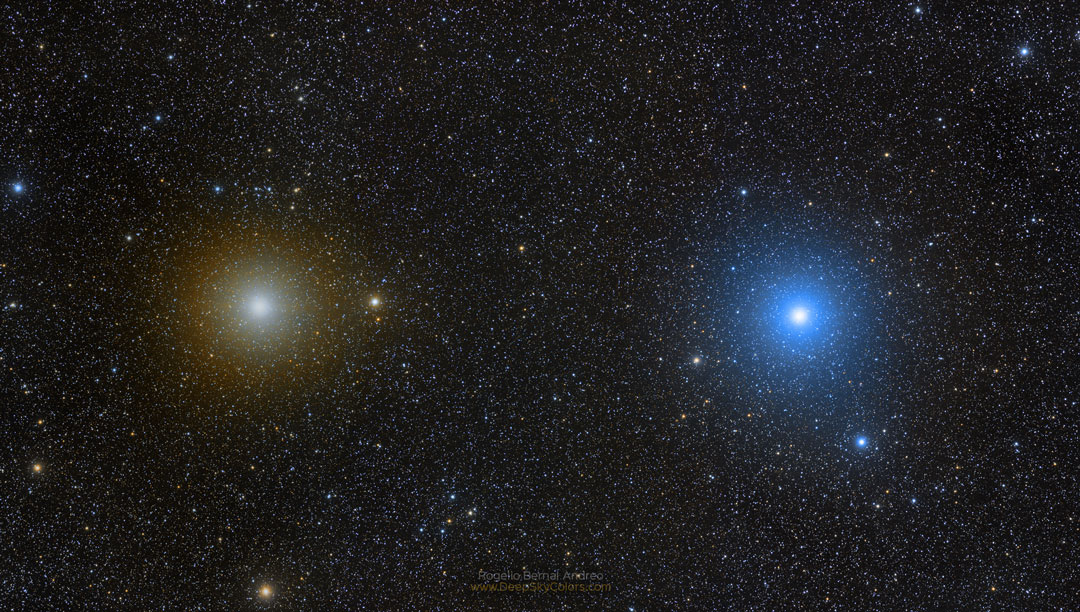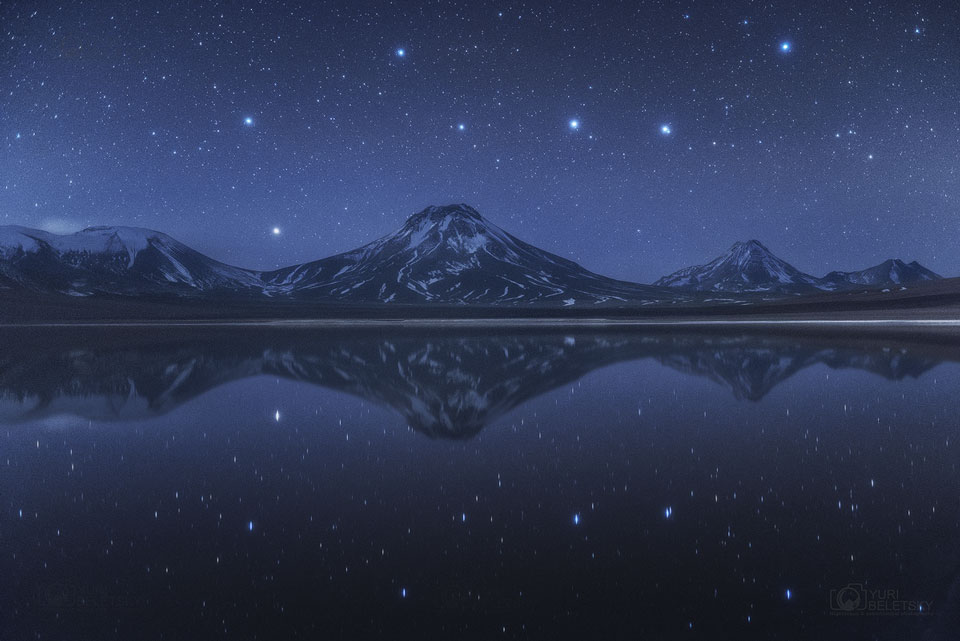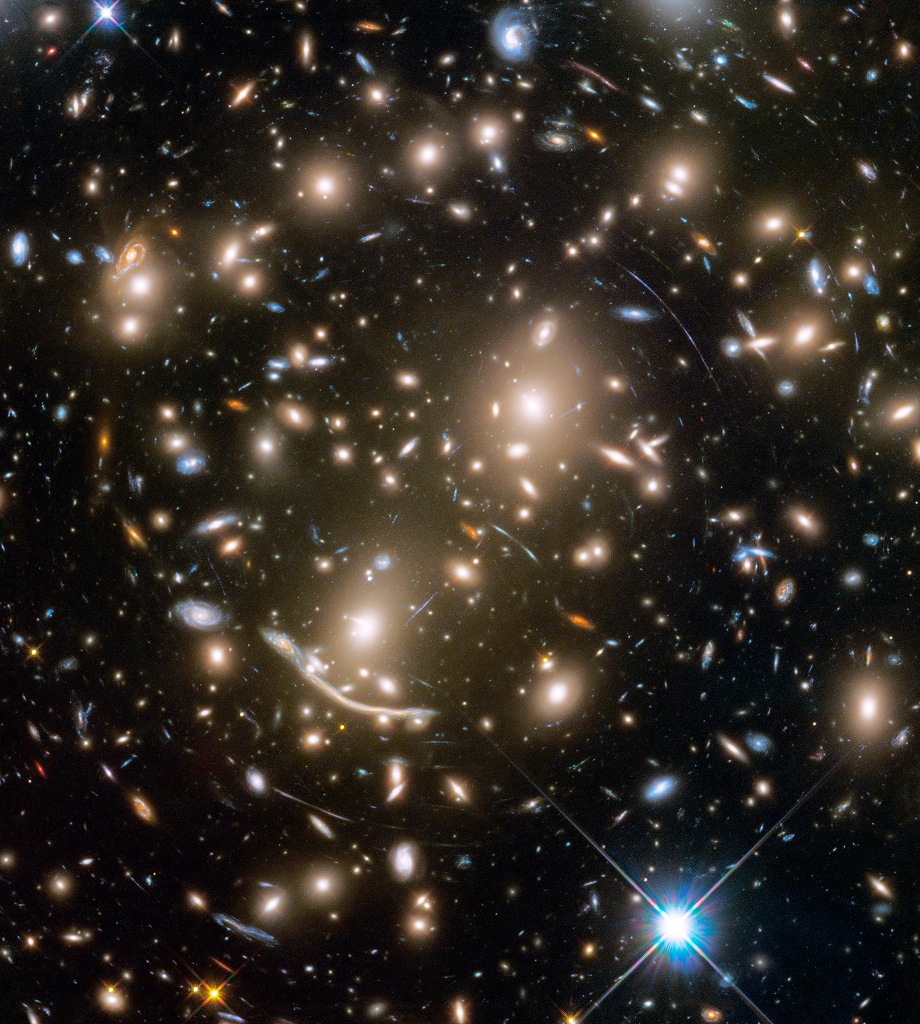May 30, 2017
Morning Grind
Skateboarders start their day on a ramp in Los Angeles. Your Shot photographer Corban Lundborg says that for him, skateboarding is more than a hobby: "The traffic jams in Los Angeles cause many to look for alternative modes of transportation."
Photograph By Corban Lundborg, National Geographic Your Shot
Morning Grind
Skateboarders start their day on a ramp in Los Angeles. Your Shot photographer Corban Lundborg says that for him, skateboarding is more than a hobby: "The traffic jams in Los Angeles cause many to look for alternative modes of transportation."
Photograph By Corban Lundborg, National Geographic Your Shot

